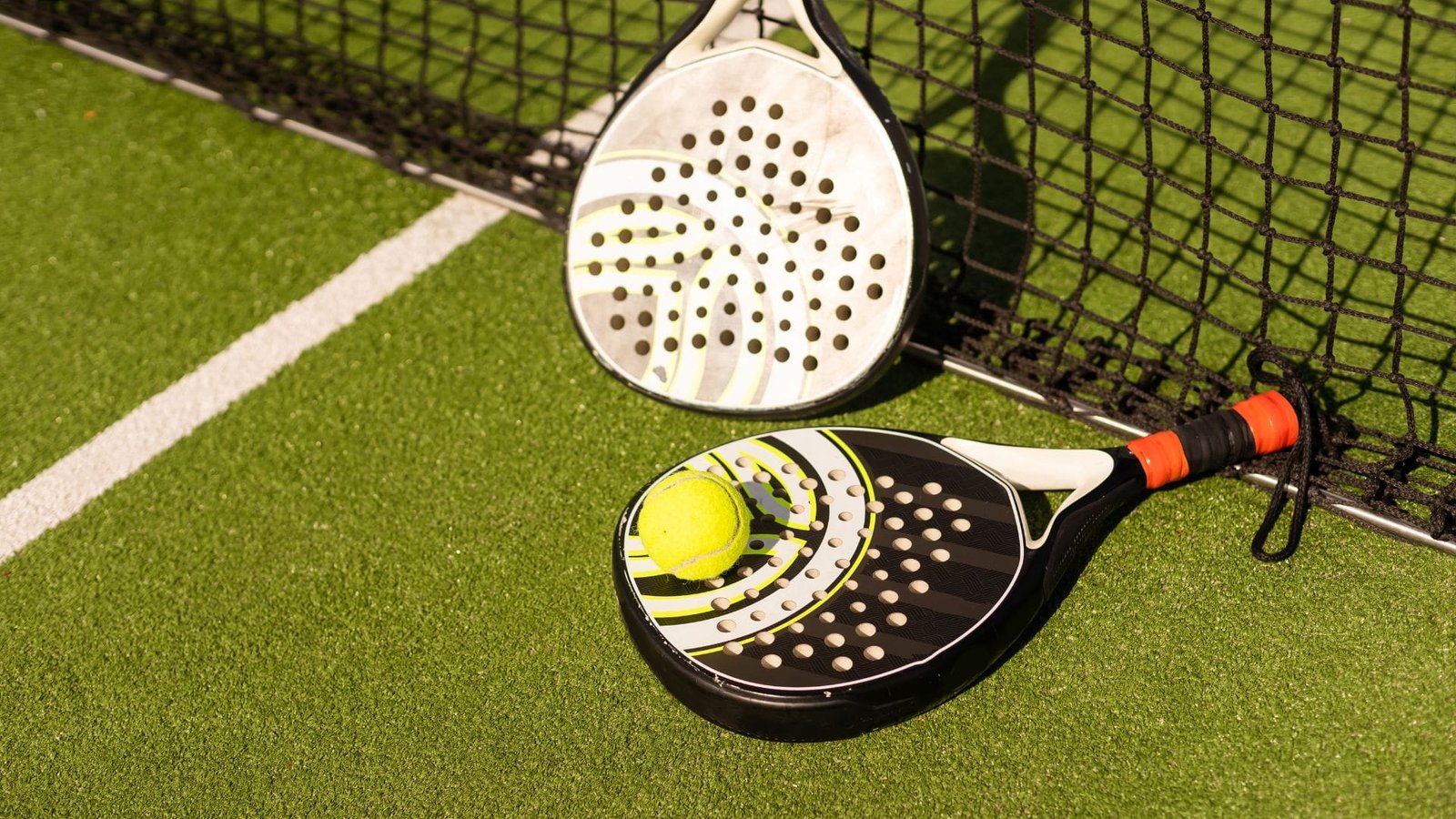
Padel is a sport of precision, power, and quick reflexes, and the right equipment can make all the difference. Whether you’re stepping onto the court for the first time or you’ve already clocked hundreds of matches, your padel racket plays a huge role in how well you perform and how much you enjoy the game.
But not all padel rackets are created equal. The ideal choice for a beginner is often very different from what a seasoned player needs. So how do you know which padel racket is right for you? Let’s break down the key differences between beginner-friendly and advanced rackets and help you choose wisely.
Shape: Control vs Power
One of the most noticeable differences in any padel racket is its shape. The shape affects the racket’s balance, sweet spot, and power output.
- Round rackets are best for beginners. They have a large sweet spot centered in the middle, offering better control and forgiveness on off-center hits.
- Diamond-shaped rackets are made for power. Their sweet spot is higher and smaller, rewarding precision but punishing mishits, ideal for advanced players.
- Teardrop rackets sit in the middle. These offer a balance of power and control and are often favored by intermediate players or pros who want versatility.
For new players, the forgiving nature of a round padel racket helps build consistency. Advanced players, on the other hand, often prefer the extra edge that comes with a more aggressive shape.
Weight: Light or Heavy?
The weight of a padel racket affects how quickly you can move it and how much power you can generate.
- Lighter rackets (around 340–360g) are easier to handle, especially for beginners learning stroke mechanics. They reduce strain on the wrist and arm.
- Heavier rackets (370g and up) pack more punch, giving advanced players extra power for smashes and volleys, but they require stronger technique and conditioning.
A beginner should always prioritize maneuverability and comfort, while a pro may lean into a heavier padel racket for maximum shot speed and aggression.
Balance Point: Head vs Handle
The balance of a padel racket refers to how the weight is distributed. A racket can be head-heavy, even-balanced, or handle-heavy.
- Handle-heavy (low balance) rackets give you more control and are easier to move, perfect for new players.
- Head-heavy (high balance) rackets generate more power but are harder to control, making them better for experienced players.
- Even balance options offer a middle ground, useful for players developing an all-around game.
A beginner should avoid overly head-heavy rackets that might lead to poor form or injury. As technique improves, experimenting with higher balance rackets can add more punch to your game.
Materials: Soft vs Stiff
Beginner and advanced padel rackets are also made of different materials. The construction affects how the racket feels and responds to the ball.
- Fiberglass frames and soft EVA foam cores are more common in beginner rackets. They absorb more shock and offer better comfort.
- Carbon fiber frames and dense cores are found in advanced rackets. These offer better precision and responsiveness but require good timing.
New players benefit from a softer padel racket that reduces vibrations and improves control. Advanced players often prefer stiffer rackets for increased feedback and power.
Durability and Price
Let’s talk budget. High-end padel rackets can be expensive, but for beginners, there’s no need to go all-in right away. Entry-level rackets are usually more affordable and still offer great performance for casual play.
Advanced players, however, may find that a premium padel racket is worth the investment. Enhanced materials and design features can deliver noticeable improvements during competitive play.
When to Upgrade Your Racket
As your skills improve, your needs will change. Maybe you’re starting to play more aggressively, or you’re mastering volleys and smashes. That’s a good time to reassess your equipment. Moving from a soft, round racket to a slightly heavier, teardrop-shaped padel racket can help you make that leap in performance.
It’s also a good idea to try different rackets before buying. Many clubs and stores offer demo models, giving you a chance to feel the difference before making a commitment.
Final Thoughts
Whether you’re picking up your first padel racket or searching for an upgrade to match your advanced skills, the right choice comes down to your level, goals, and playing style. Beginners should seek comfort, control, and forgiveness, while advanced players may want more power, precision, and a racket that matches their technique.
The padel racket isn’t just a tool, it’s your partner on the court. Choose wisely, and it’ll help you develop faster, win more points, and most importantly, enjoy the game to the fullest.

